Home>Furniture & Design>Bathroom Accessories>Why Does My Cat Pee On My Bath Mat
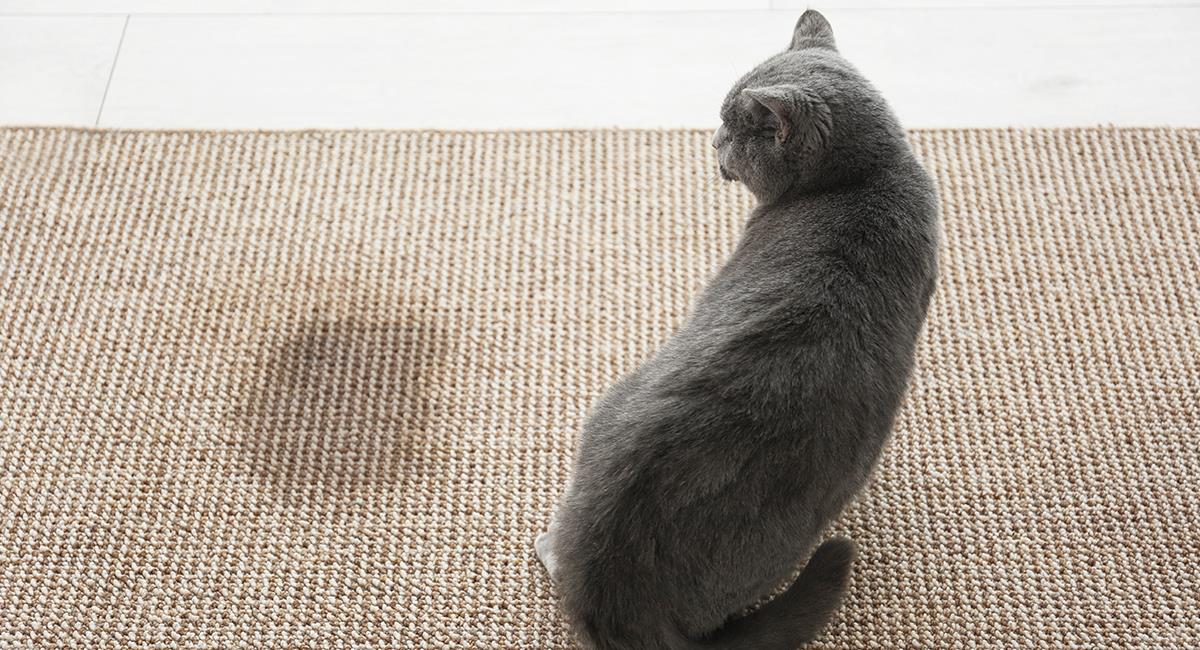

Bathroom Accessories
Why Does My Cat Pee On My Bath Mat
Modified: August 23, 2024
Discover the reasons why your cat may be peeing on your bath mat and find solutions to prevent this behavior. Explore bathroom accessories to help keep your bath mat clean and odor-free.
(Many of the links in this article redirect to a specific reviewed product. Your purchase of these products through affiliate links helps to generate commission for Storables.com, at no extra cost. Learn more)
Introduction
Discovering that your cat has urinated on your bath mat can be frustrating and puzzling. Cats are generally known for their cleanliness and preference for using a litter box, so finding them relieving themselves outside of it can be concerning. In this article, we will delve into the reasons behind this behavior and explore effective strategies to address and prevent it. Understanding the underlying causes of your cat's behavior is crucial in finding a solution that benefits both you and your feline companion. Let's unravel the mystery of why your cat may be choosing your bath mat as a restroom and how to tackle this issue effectively.
Key Takeaways:
- Cats may pee on bath mats due to territory marking, stress, health issues, or texture preferences. Understanding these reasons helps pet owners address the behavior effectively and create a harmonious environment.
- To prevent cats from urinating on bath mats, keep litter boxes clean, address stress triggers, consult a vet for medical issues, and use positive reinforcement. Understanding and addressing these factors promotes appropriate litter box use.
Read more: Why Does My Cat Pee On My Bed
Understanding the Behavior
Cats are known for their fastidious nature when it comes to cleanliness. However, when a cat chooses to urinate on a bath mat instead of using the litter box, it can be perplexing for pet owners. Understanding the behavior of a cat that urinates on a bath mat requires a closer look at their instincts and environmental factors.
Firstly, it's essential to recognize that cats are territorial animals. They mark their territory through scent glands located on their cheeks, paws, and around their tails. When a cat urinates outside of the litter box, it may be attempting to assert its territory, especially if the bath mat is located in a frequently used area of the home.
Additionally, stress and anxiety can significantly impact a cat's behavior. Changes in the household, such as a new pet, a change in routine, or even moving to a new home, can trigger stress in cats. In response to this stress, a cat may exhibit inappropriate urination as a way to cope with the changes in its environment.
Furthermore, medical issues should not be overlooked when trying to understand this behavior. Urinary tract infections, bladder stones, or other medical conditions can cause discomfort and lead a cat to avoid the litter box in favor of softer surfaces like bath mats.
Moreover, the texture of the bath mat itself may play a role in a cat's choice of urination spot. Some cats have a preference for certain textures when eliminating waste. If the bath mat resembles the texture of a preferred outdoor surface, such as grass or soil, a cat may be more inclined to use it as a restroom.
Understanding the behavior of a cat that urinates on a bath mat involves considering a range of factors, including territorial instincts, stress, medical issues, and texture preferences. By delving into these aspects, pet owners can gain valuable insights into their cat's behavior and take appropriate measures to address the issue effectively.
Possible Reasons for the Behavior
There are several potential reasons why a cat may choose to urinate on a bath mat instead of using the litter box. Understanding these reasons is crucial in addressing and preventing this behavior effectively.
-
Territorial Marking: Cats are inherently territorial animals, and they use scent marking as a way to establish and maintain their territory. If a cat feels the need to assert its dominance or mark its territory, it may choose to urinate on the bath mat, especially if it is located in a prominent area of the home. This behavior can be triggered by changes in the household, the presence of other pets, or even the arrival of unfamiliar scents, such as those brought in from the outdoors.
-
Stress and Anxiety: Cats are sensitive to changes in their environment, and stress and anxiety can manifest in various behavioral issues, including inappropriate urination. Events such as moving to a new home, rearranging furniture, introducing a new pet, or changes in the household routine can all contribute to stress in cats. In response, a cat may seek comfort in familiar or soft surfaces like bath mats, leading to urination outside the litter box.
-
Medical Issues: It's essential to consider the possibility of underlying medical conditions when a cat exhibits inappropriate urination. Urinary tract infections, bladder stones, and other medical issues can cause discomfort and pain during urination, leading a cat to avoid the litter box. If a cat associates the litter box with pain, it may seek out alternative locations, such as bath mats, to relieve itself.
-
Texture Preference: Some cats have specific preferences when it comes to the texture of the surface they use for elimination. If a bath mat resembles the texture of an outdoor surface that a cat finds appealing, such as grass or soil, the cat may be more inclined to use it as a restroom. This preference for certain textures can influence a cat's choice of urination spot, especially if the litter box does not provide a similar texture.
Understanding these potential reasons for a cat's choice to urinate on a bath mat is essential for implementing effective solutions. By addressing territorial issues, minimizing stress, ensuring the cat's health, and considering texture preferences, pet owners can take proactive steps to discourage this behavior and encourage appropriate litter box use.
Ensure your cat’s litter box is clean and easily accessible. Some cats may prefer a different type of litter or box. Also, rule out any medical issues by consulting with a veterinarian.
How to Address the Issue
Addressing the issue of a cat urinating on a bath mat requires a multifaceted approach that encompasses environmental, behavioral, and health considerations. By implementing the following strategies, pet owners can effectively address this behavior and create a conducive environment for their feline companions.
-
Maintain a Clean Litter Box: Ensure that the litter box is kept clean and accessible at all times. Cats are meticulous creatures and may avoid a soiled or odorous litter box. Regular scooping and thorough cleaning of the litter box can encourage the cat to use it consistently.
-
Provide Multiple Litter Boxes: If you have multiple cats, it's essential to provide an adequate number of litter boxes. The general rule is to have one more litter box than the total number of cats in the household. Additionally, place the litter boxes in different locations to offer cats privacy and options.
-
Address Stress Triggers: Identify and mitigate potential stressors in the cat's environment. Whether it's a new pet, changes in routine, or household renovations, minimizing stress can help prevent inappropriate urination. Providing a secure and predictable environment can alleviate anxiety in cats.
-
Consult a Veterinarian: If inappropriate urination persists, consult a veterinarian to rule out any underlying medical issues. A thorough examination can help identify and address any health concerns that may be contributing to the behavior.
-
Use Positive Reinforcement: Encourage the cat to use the litter box by offering praise, treats, or interactive play after successful litter box use. Positive reinforcement can help create a positive association with the litter box and motivate the cat to continue using it.
-
Modify the Bath Mat: Temporarily remove the bath mat or replace it with a different material to disrupt the cat's preference for that specific surface. Alternatively, placing double-sided tape or aluminum foil on the mat can deter the cat from urinating on it due to the unfamiliar texture.
-
Utilize Pheromone Products: Consider using pheromone diffusers or sprays designed to create a calming environment for cats. These products can help reduce stress and anxiety, potentially minimizing the likelihood of inappropriate urination.
-
Seek Behavior Modification Techniques: In cases of persistent inappropriate urination, consulting with a professional animal behaviorist can provide valuable insights and tailored strategies to address the behavior effectively.
By implementing these proactive measures, pet owners can work towards addressing the issue of a cat urinating on a bath mat. Understanding the cat's needs, providing a conducive environment, and addressing potential stressors are key steps in promoting appropriate litter box use and fostering a harmonious relationship between cats and their human companions.
Conclusion
Understanding and addressing the behavior of a cat that urinates on a bath mat is essential for fostering a harmonious and stress-free environment for both the cat and its human companions. By delving into the potential reasons behind this behavior and implementing proactive strategies, pet owners can effectively tackle this issue and promote appropriate litter box use.
It's crucial to recognize that cats may choose to urinate on a bath mat due to territorial marking, stress and anxiety, underlying medical issues, or texture preferences. Each of these factors plays a significant role in influencing a cat's behavior, and understanding them is pivotal in implementing targeted solutions.
Addressing the issue of inappropriate urination involves a multifaceted approach that encompasses maintaining a clean litter box, providing multiple litter boxes, addressing stress triggers, consulting a veterinarian, using positive reinforcement, modifying the bath mat, utilizing pheromone products, and seeking behavior modification techniques. By incorporating these strategies, pet owners can create an environment that encourages appropriate litter box use and minimizes the likelihood of a cat choosing a bath mat as a restroom.
Furthermore, maintaining open communication with a veterinarian and observing the cat's behavior closely can provide valuable insights into any underlying health issues or stressors that may be contributing to the behavior. This proactive approach can lead to early intervention and effective management of the underlying causes, thereby promoting the cat's overall well-being.
In conclusion, by understanding the behavior of a cat that urinates on a bath mat and implementing targeted strategies to address this issue, pet owners can create a supportive and comfortable environment for their feline companions. Through patience, consistency, and a deep understanding of their cat's needs, pet owners can navigate this challenge effectively and strengthen the bond with their beloved feline friends.
Frequently Asked Questions about Why Does My Cat Pee On My Bath Mat
Was this page helpful?
At Storables.com, we guarantee accurate and reliable information. Our content, validated by Expert Board Contributors, is crafted following stringent Editorial Policies. We're committed to providing you with well-researched, expert-backed insights for all your informational needs.
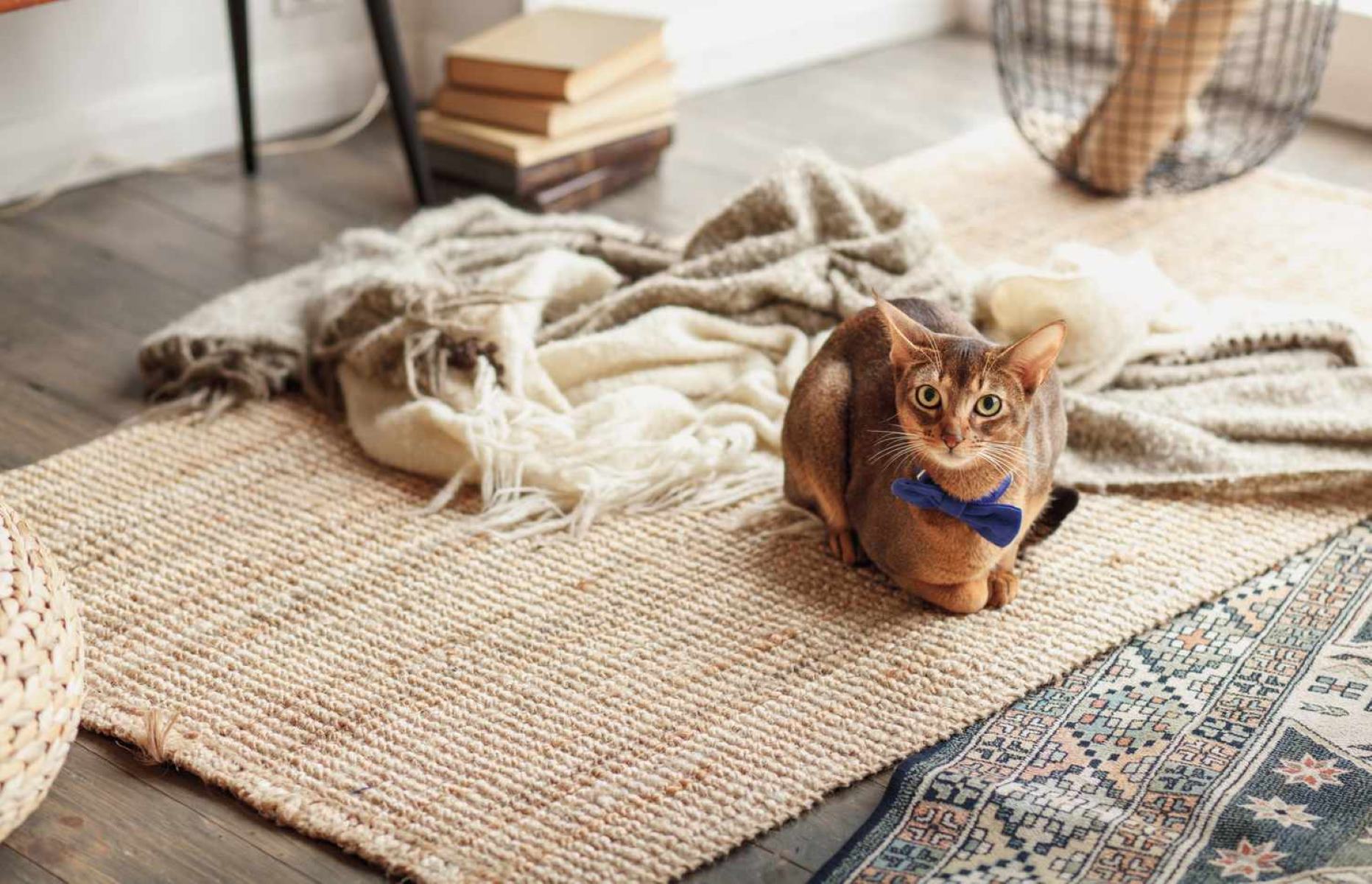
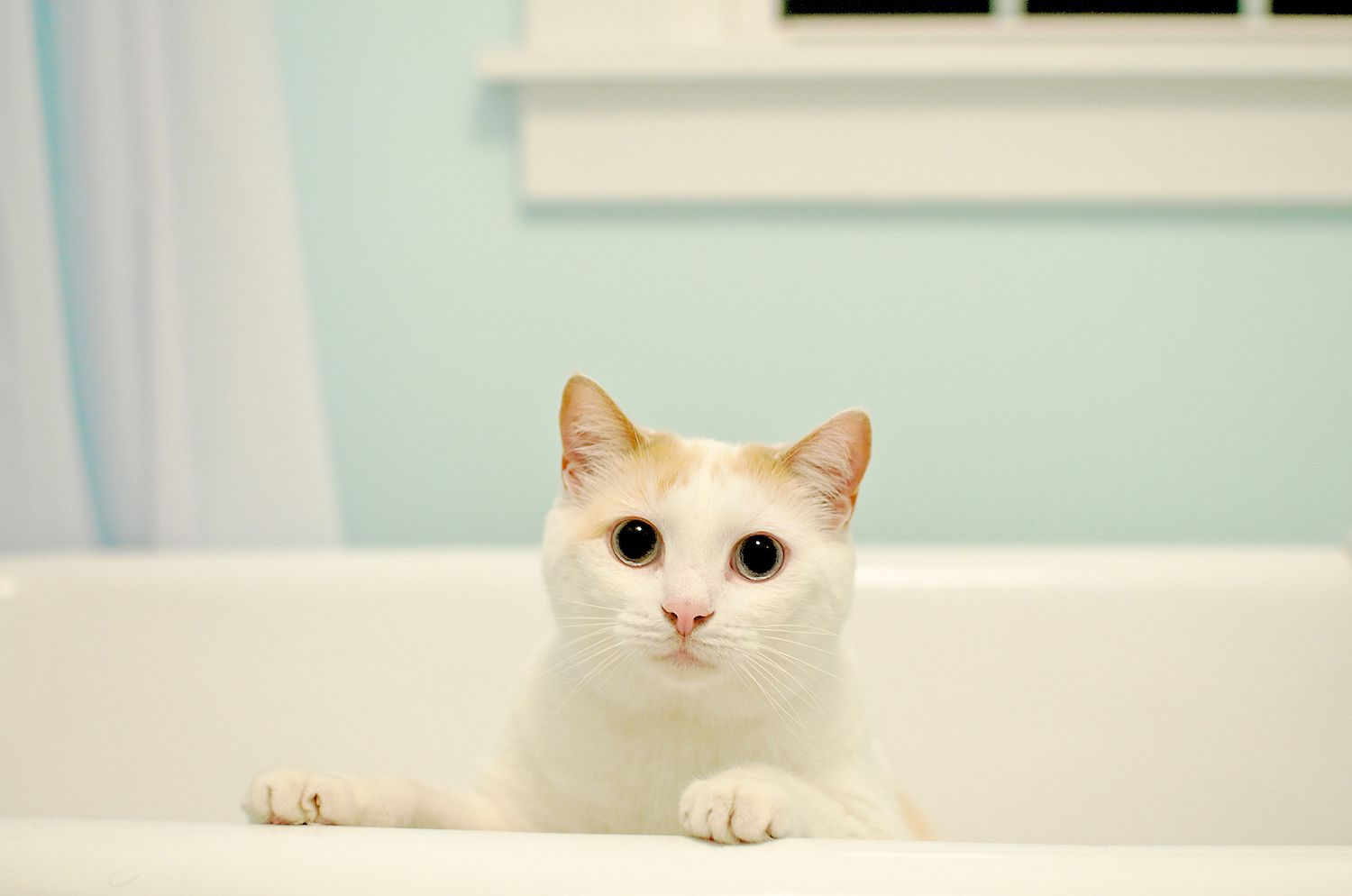
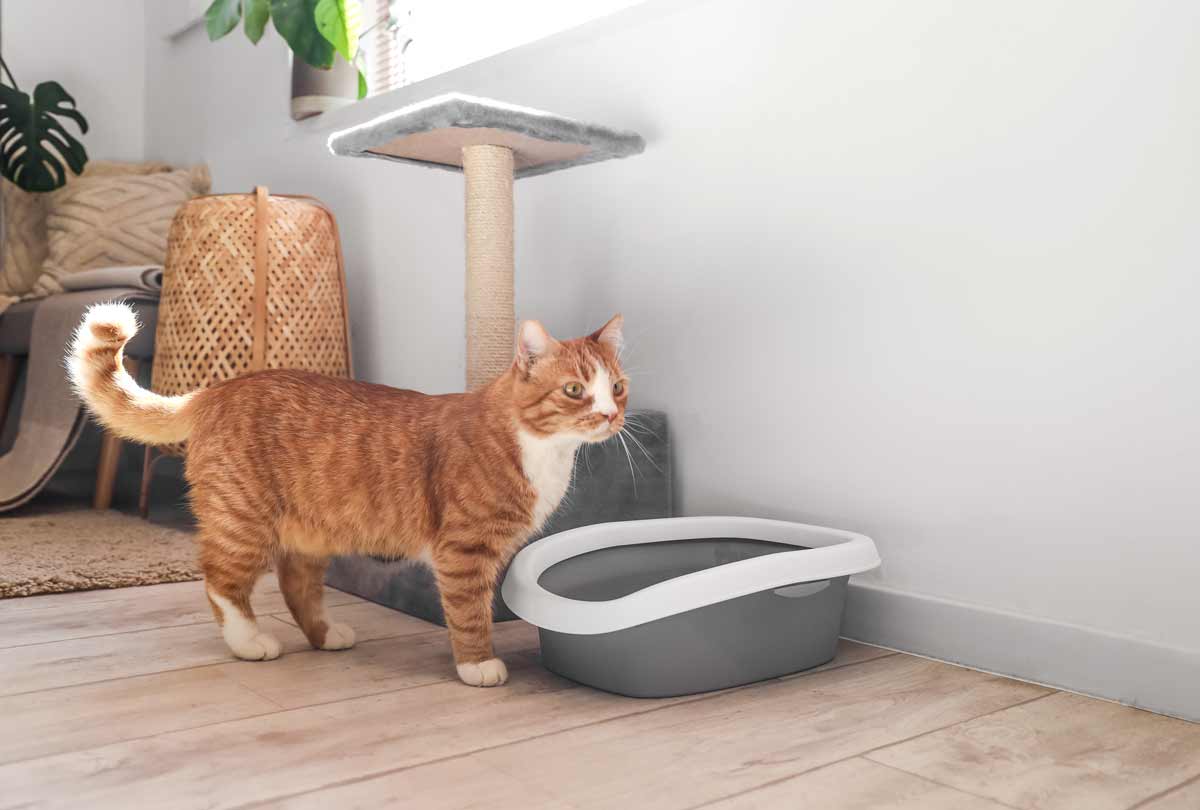
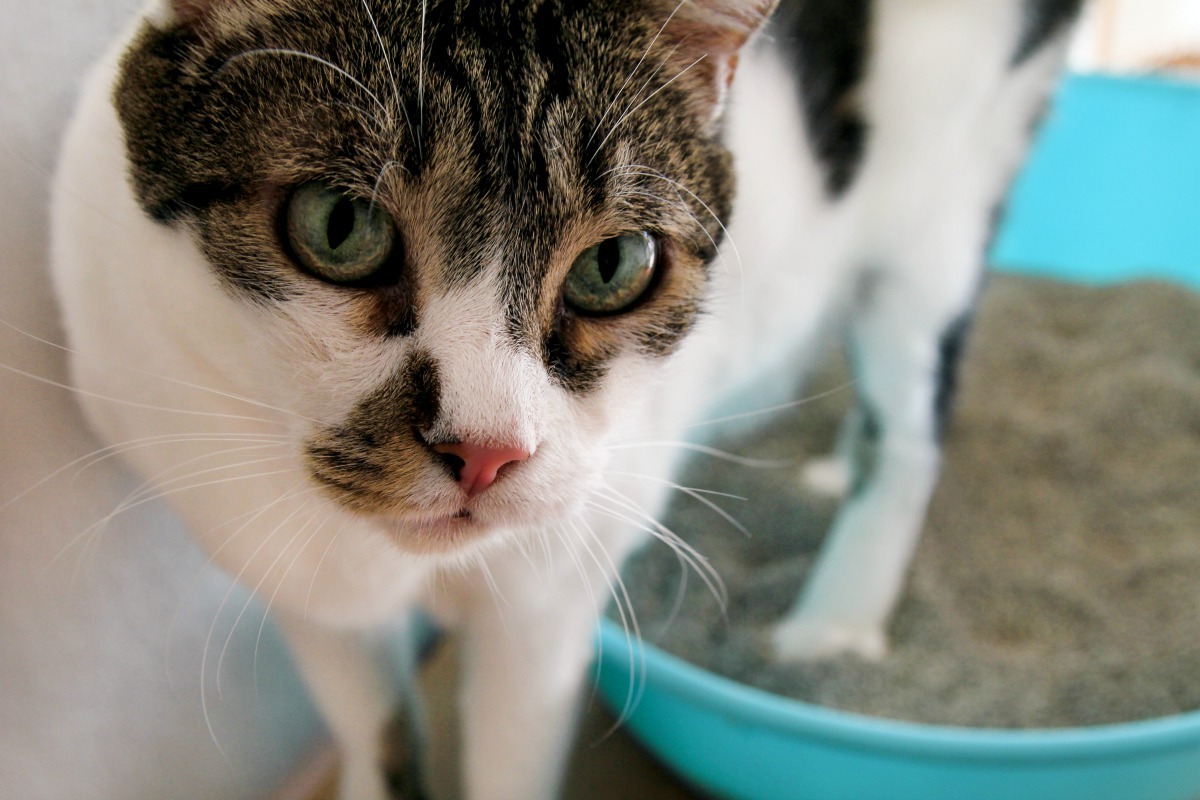
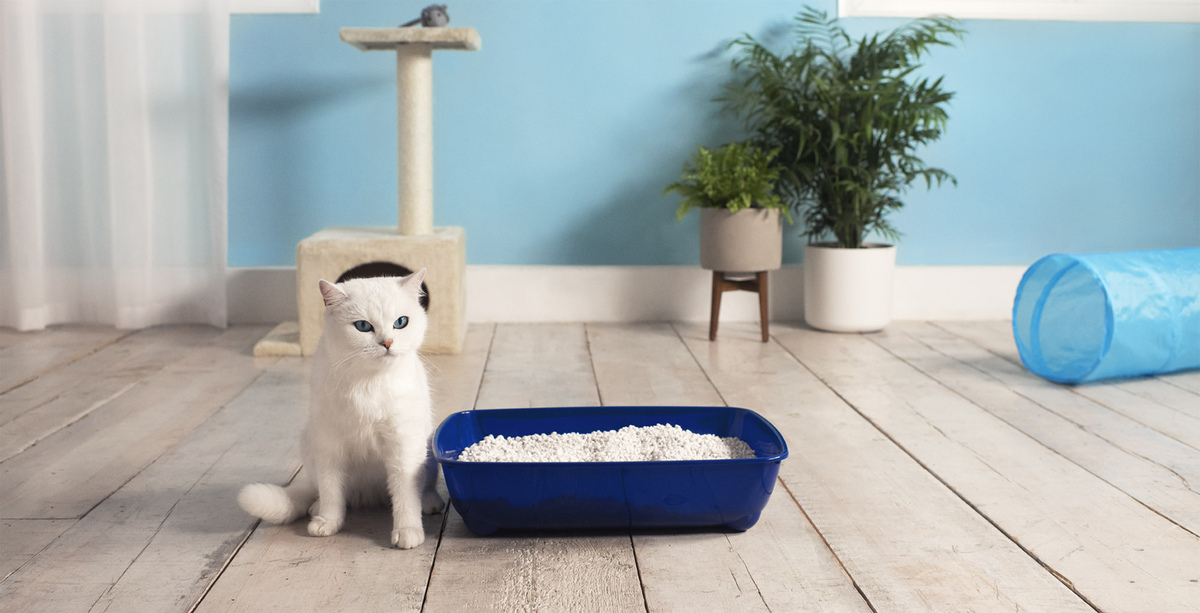
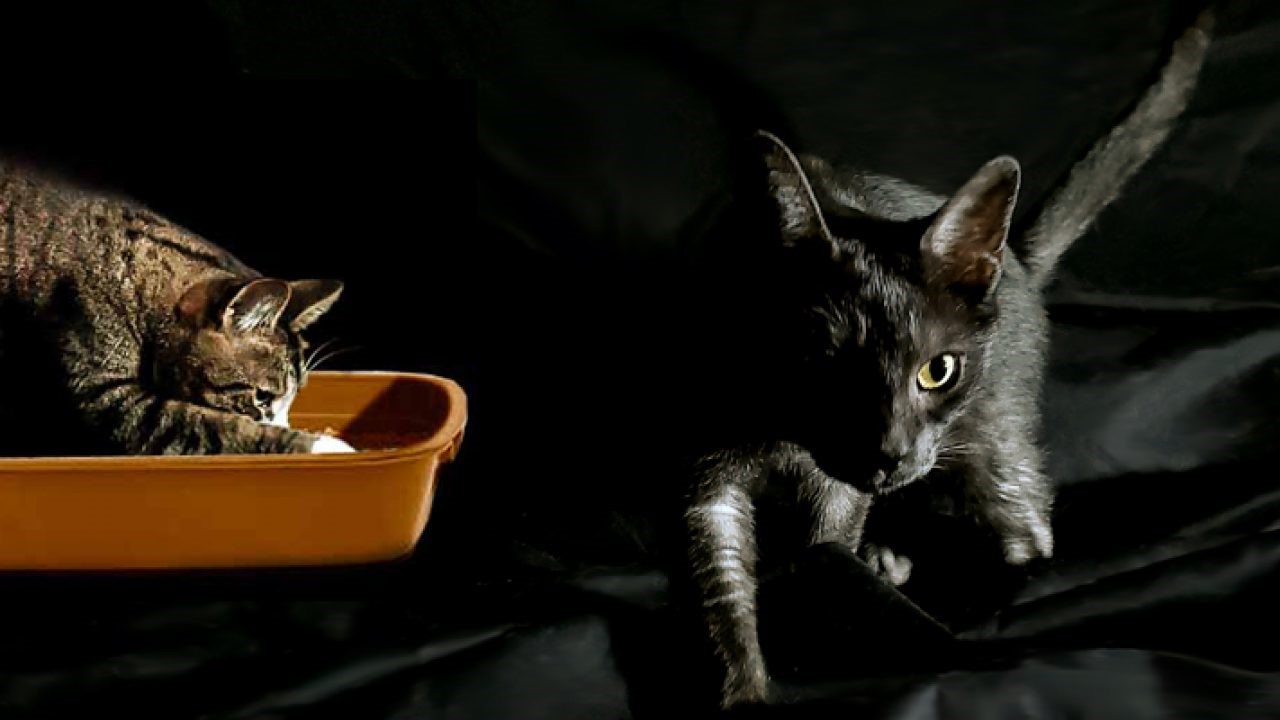
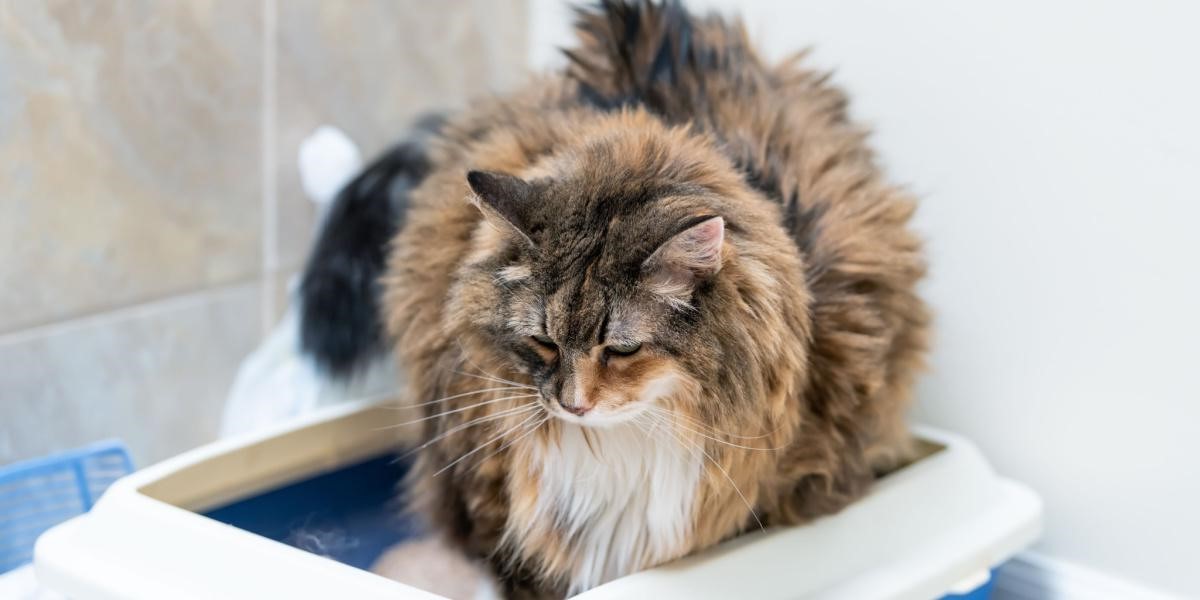
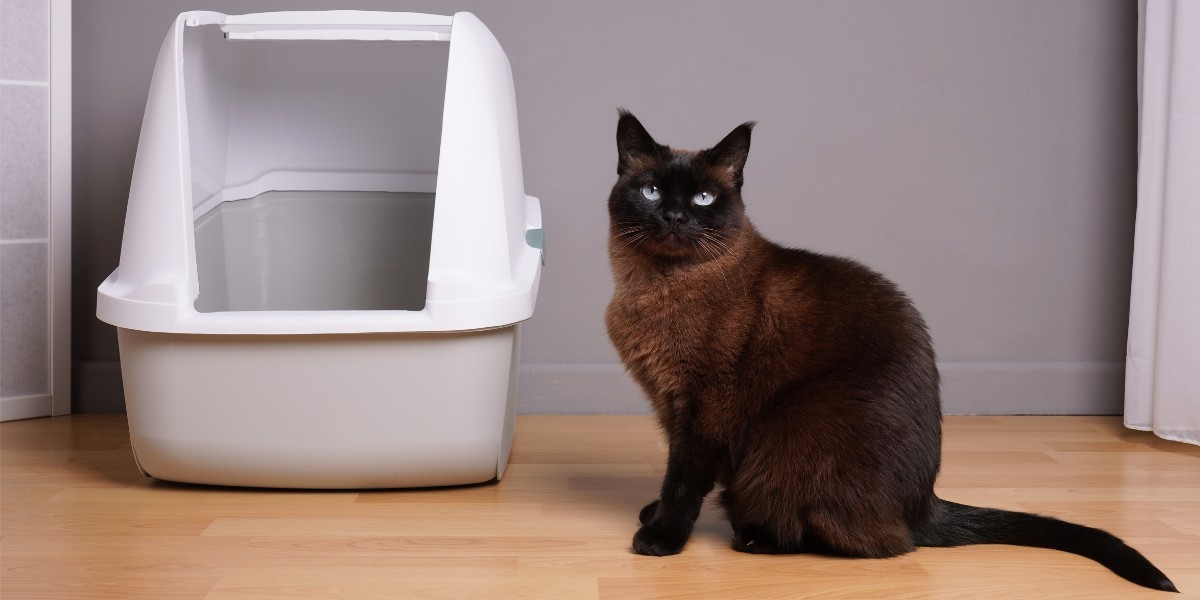
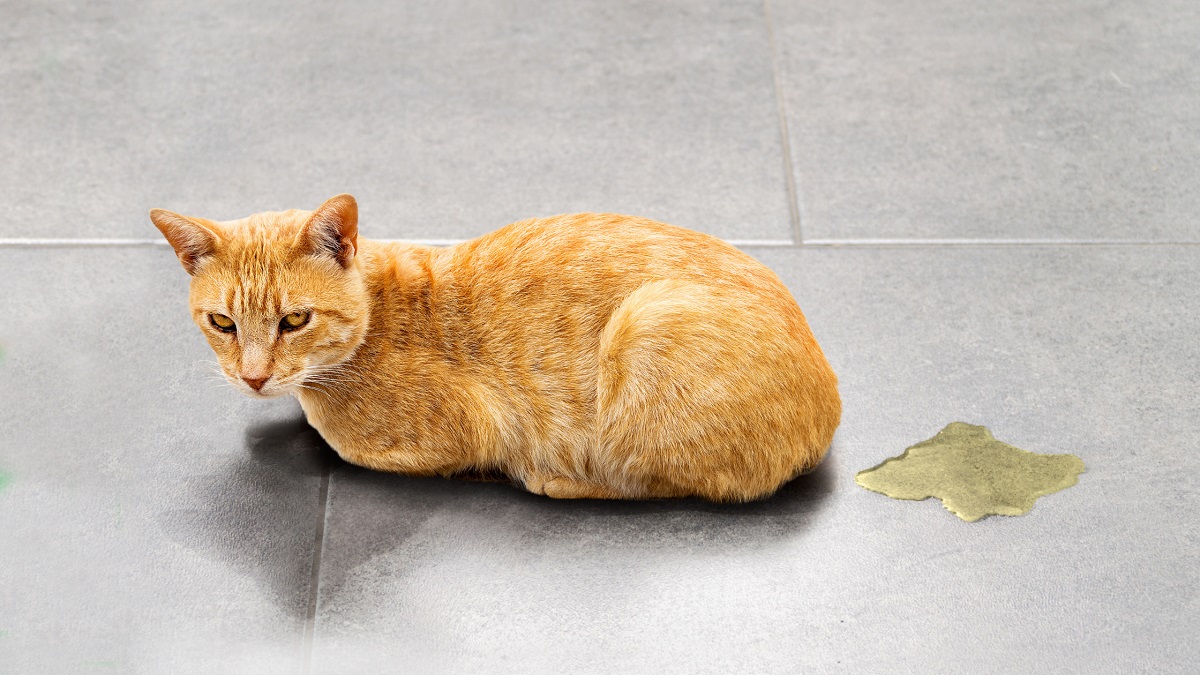
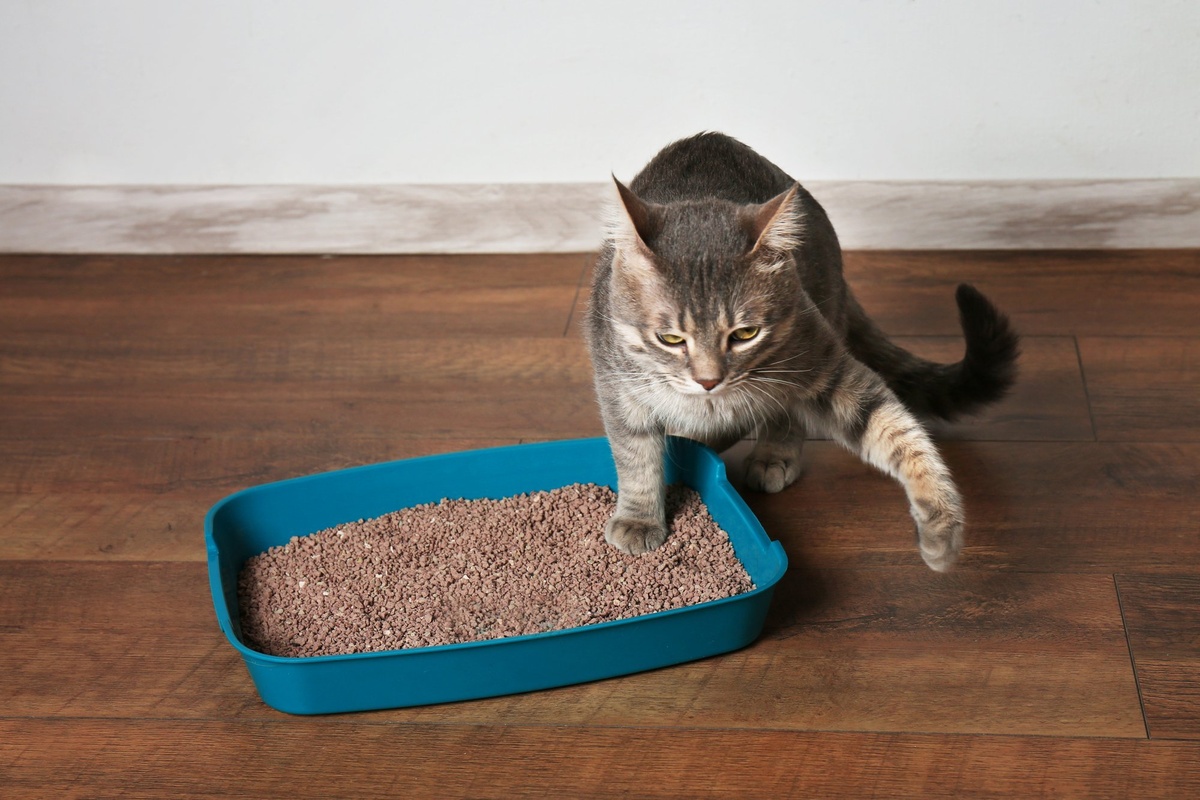
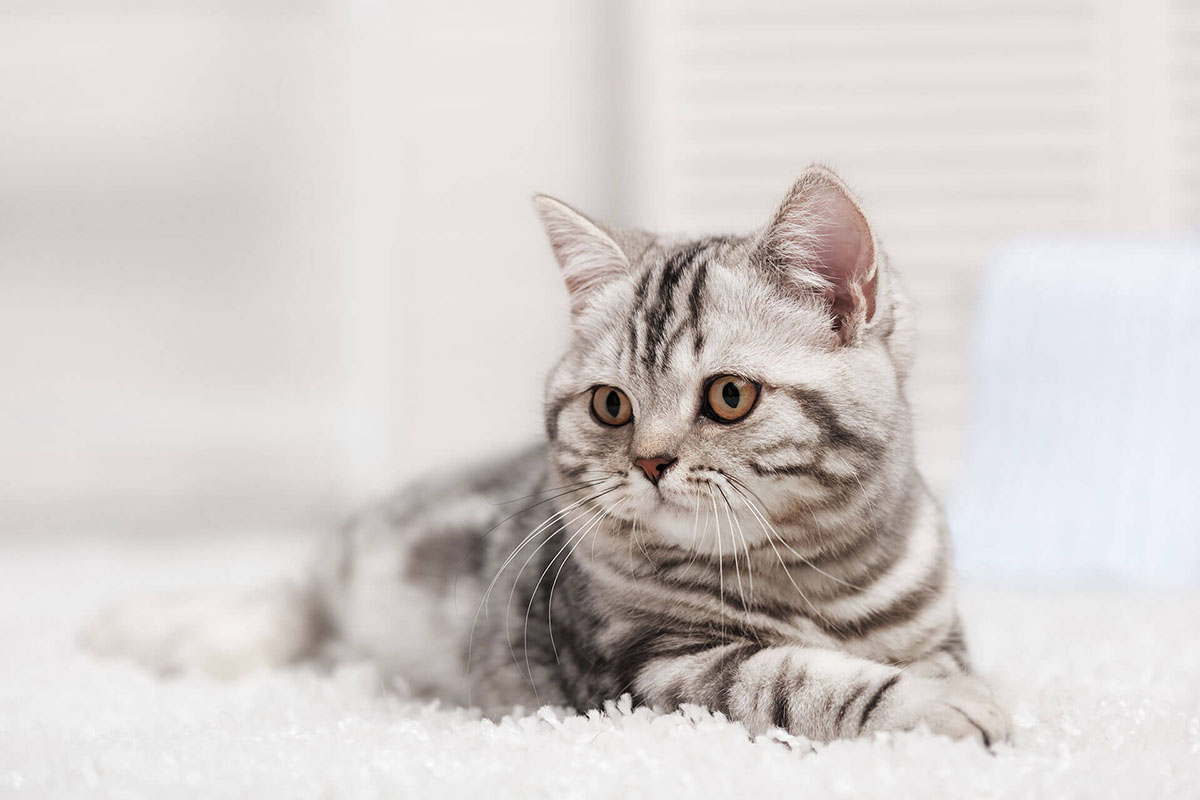
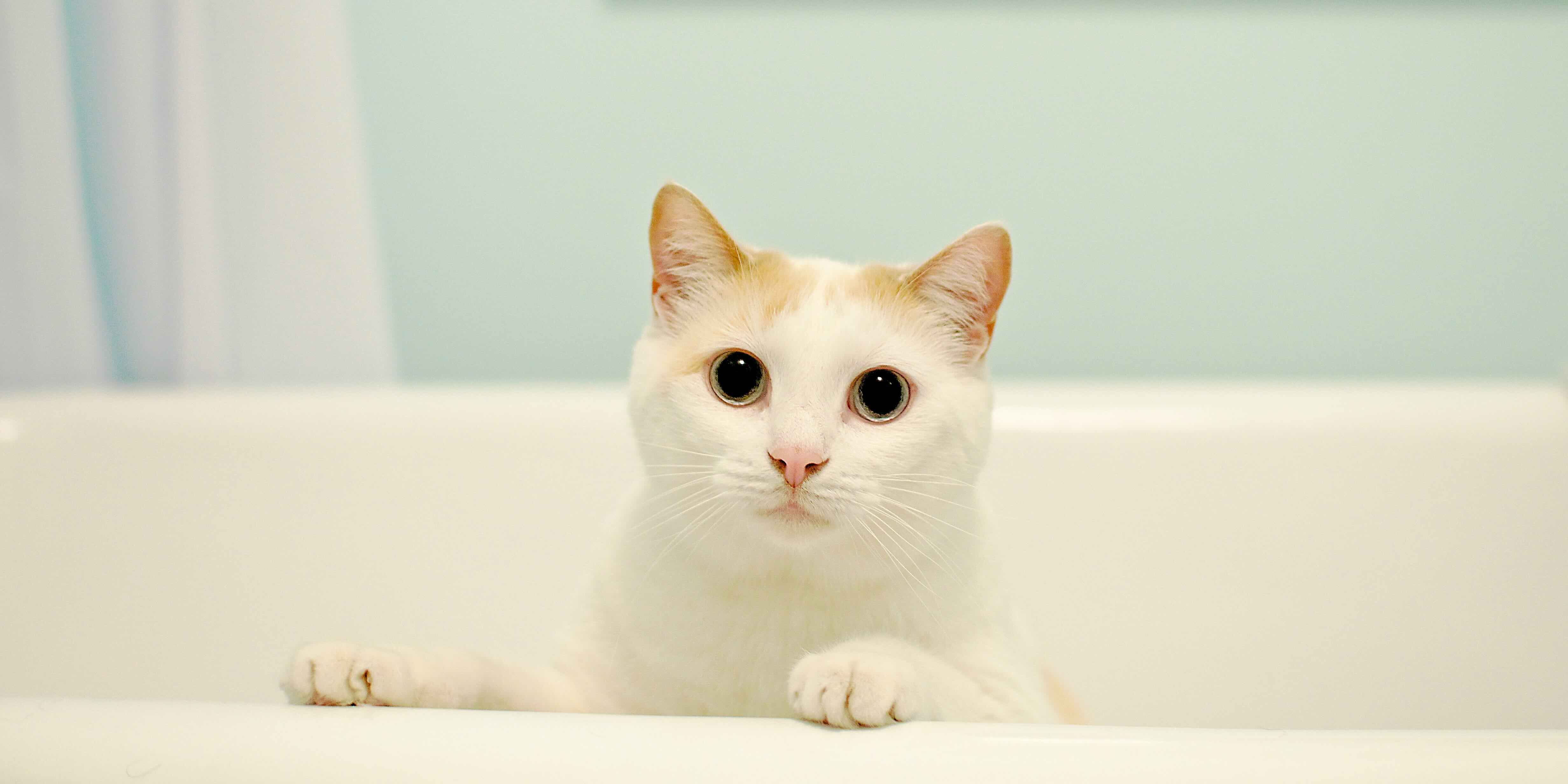
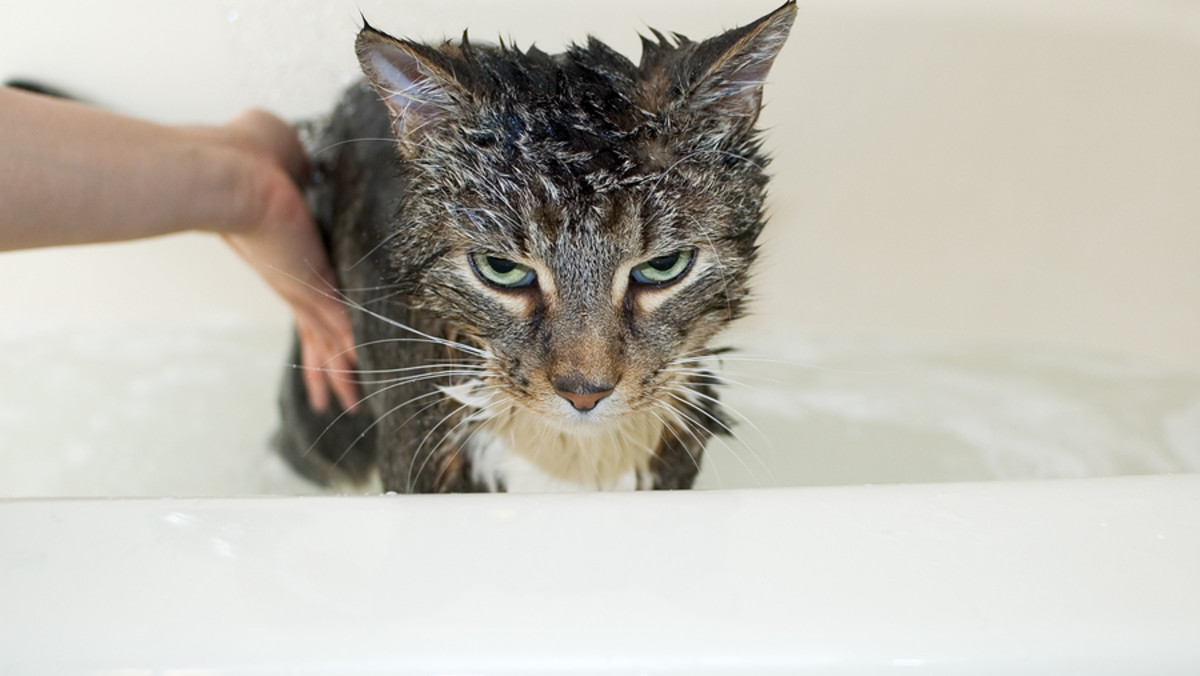

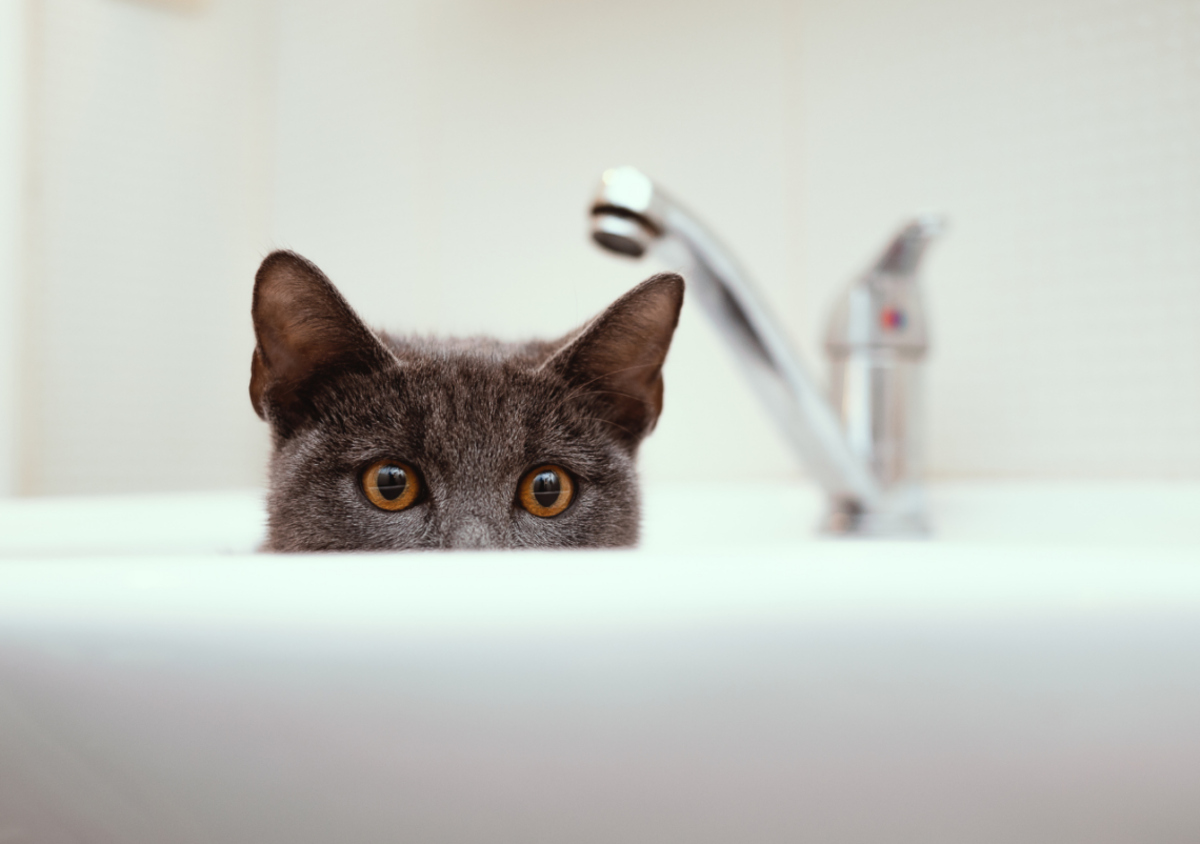

0 thoughts on “Why Does My Cat Pee On My Bath Mat”